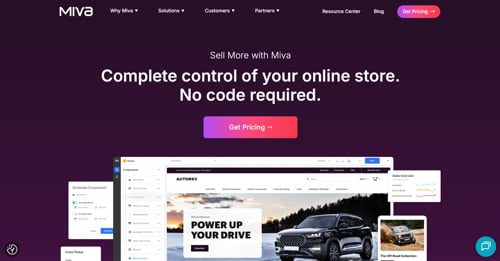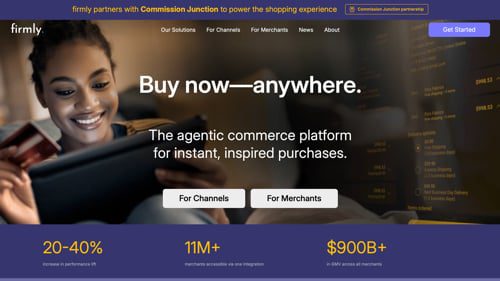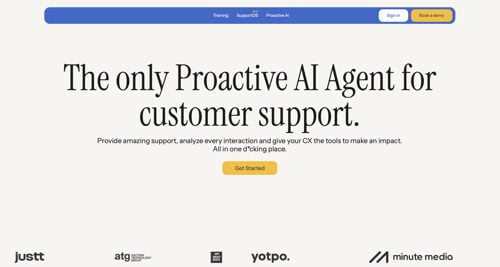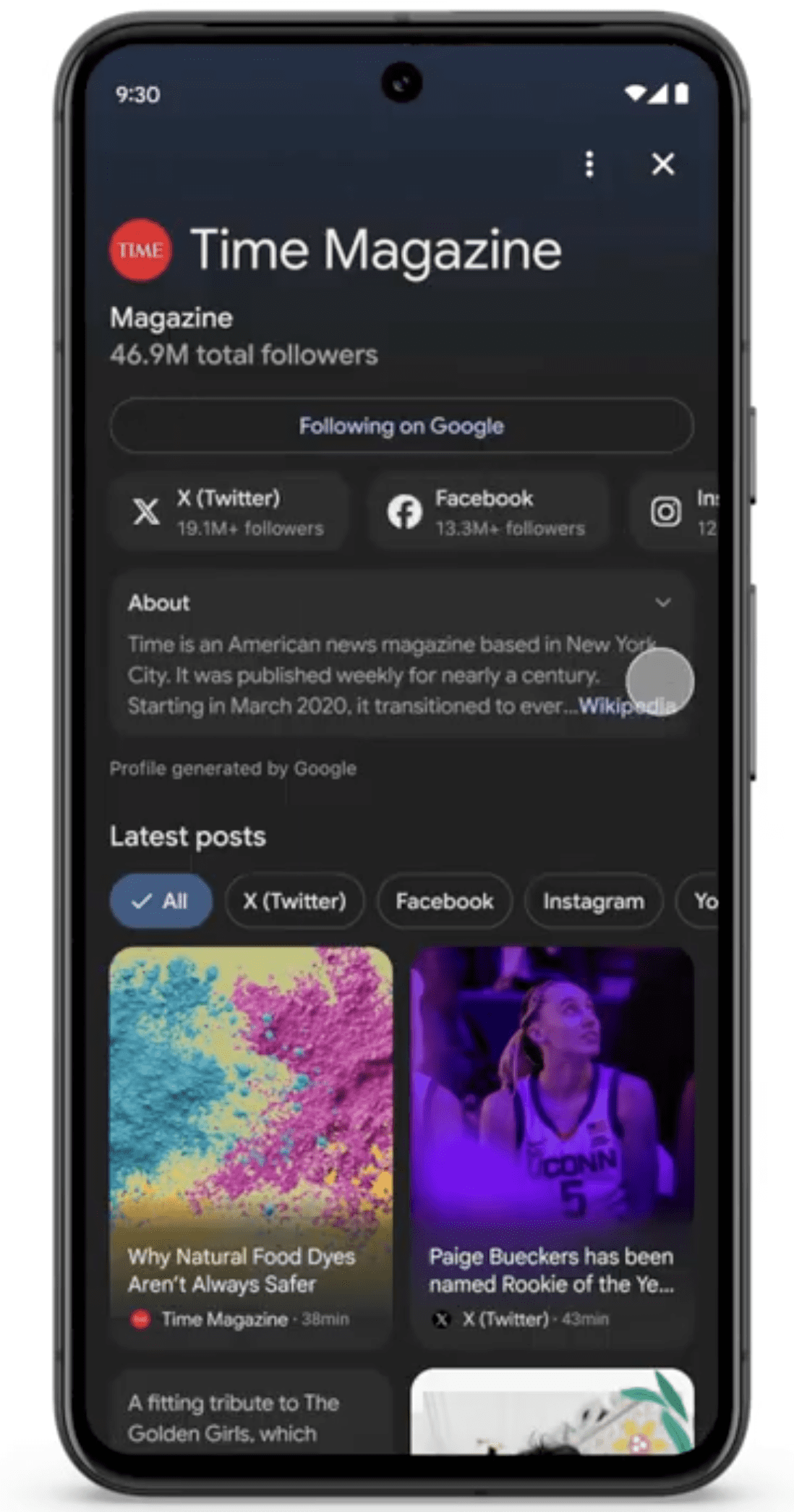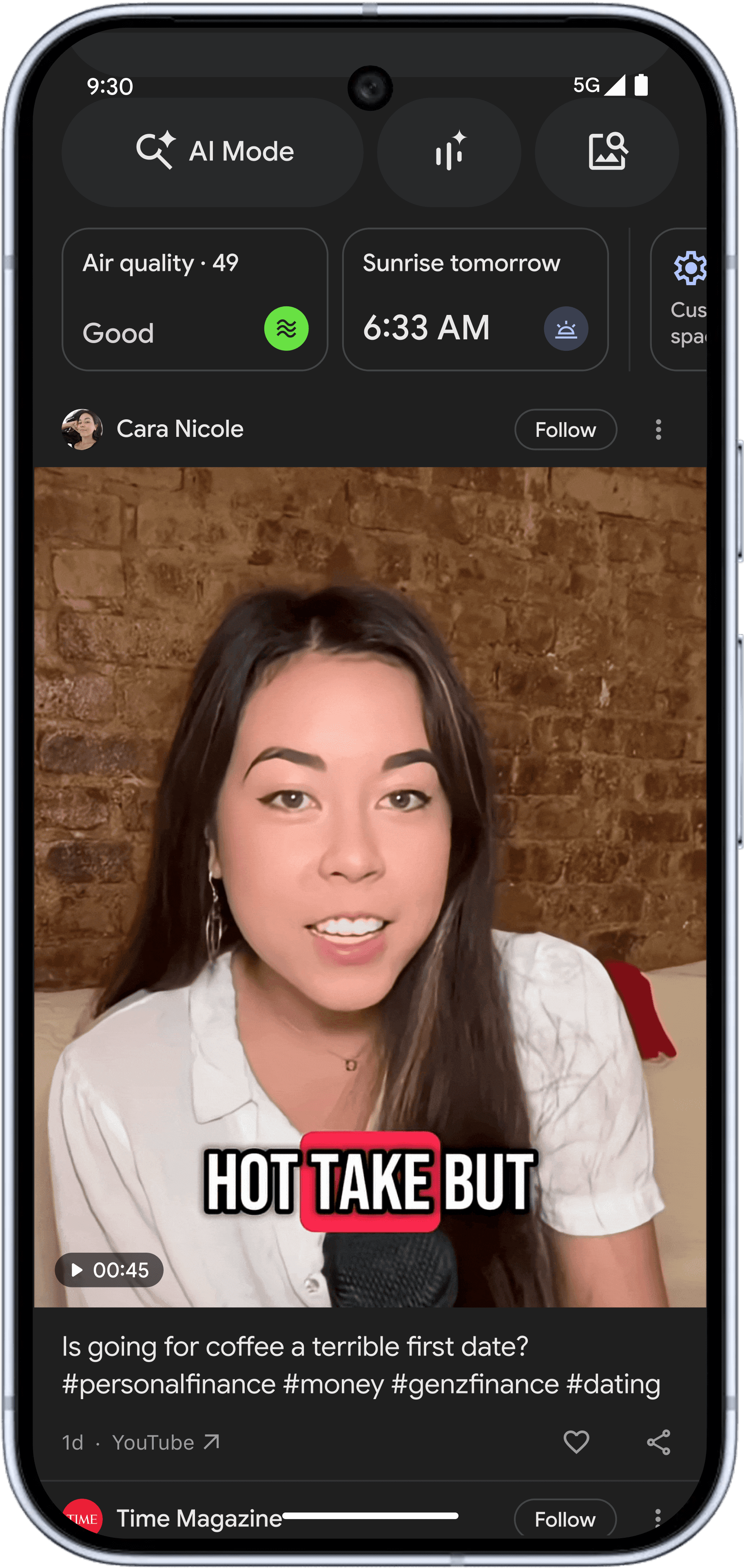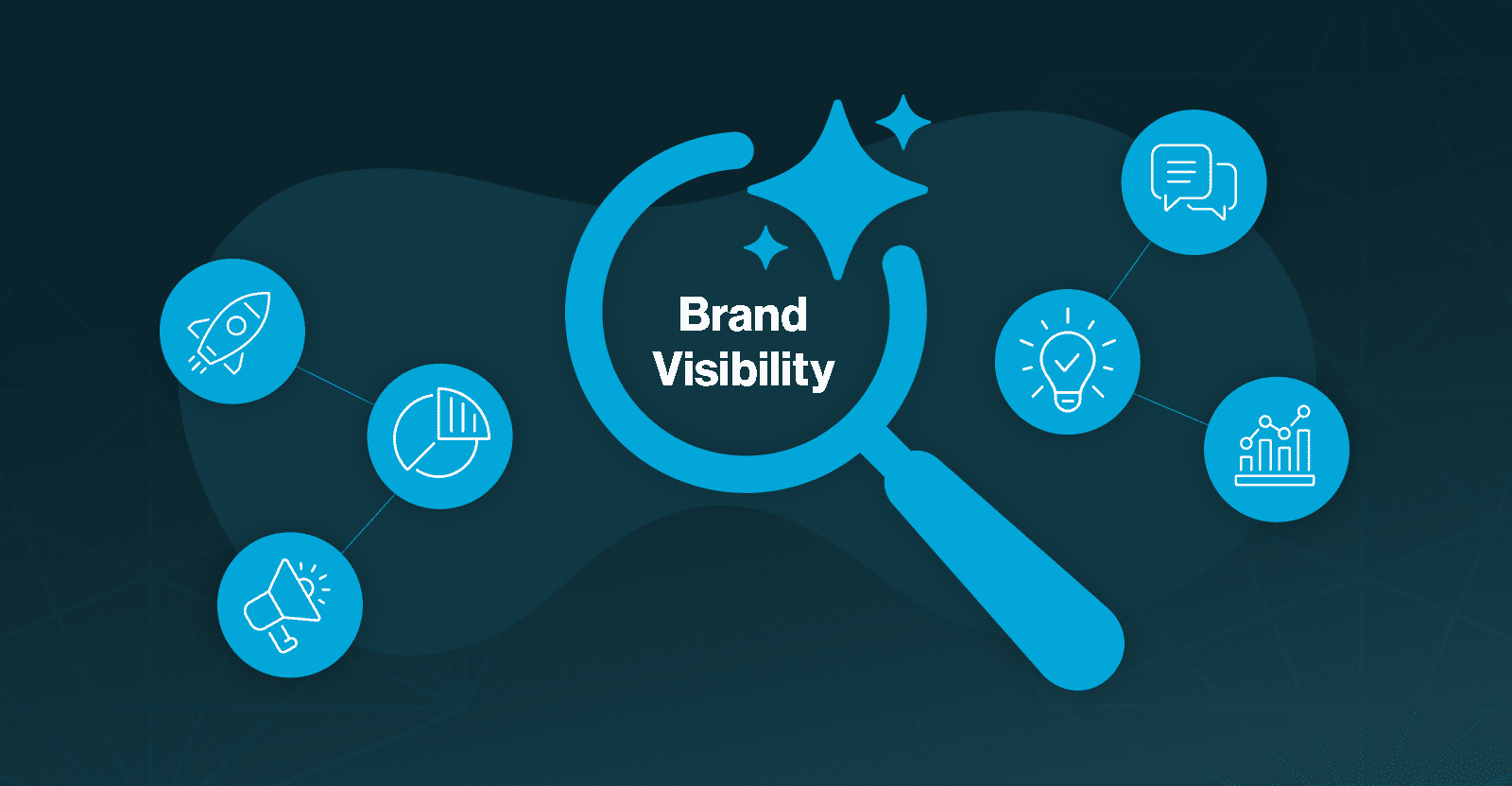AI Platform Founder Explains Why We Need To Focus On Human Behavior, Not LLMs via @sejournal, @theshelleywalsh

Google has been doing what it always does, and that is to constantly iterate to try and retain the best product it can.
Large language models (LLMs) and generative AI chatbots are a new reality in SEO, and to keep up, Google is evolving its interface to try and cross the divide between AI and search. Although, what we should all remember is that Google has already been integrating AI in its algorithms for years.
Continuing my IMHO series and speaking to experts to gain their valuable insights, I spoke with Ray Grieselhuber, CEO of Demand Sphere and organizer of Found Conference. We explored AI search vs. traditional search, grounding data, the influence of schema, and what it all means for SEO.
“There is not really any such thing anymore as traditional search versus AI search. It’s all AI search. Google pioneered AI search more than 10 years ago.”
Scroll to the end of this article, if you want to watch the full interview.
Why Grounding Data Matters More Than The LLM Model
The conversation with Ray started with one of his recent posts on LinkedIn:
“It’s the grounding data that matters, far more than the model itself. The models will be trained to achieve certain results but, as always, the index/datasets are the prize.”
I asked him to expand on why grounding data is so important. Ray explained, “Unless something radically changes in how LLMs work, we’re not going to have infinite context windows. If you need up-to-date, grounded data, you need indexed data, and it has to come from somewhere.”
Earlier this year, Ray and his team analyzed ChatGPT’s citation patterns, comparing them to search results from both Google and Bing. Their research revealed that ChatGPT’s results overlap with Google search results about 50% of the time, compared to only 15-20% overlap with Bing.
“It’s been known that Bing has an historical relationship with OpenAI.” Ray expanded, “but, they don’t have Google’s data, index size, or coverage. So eventually, you’re going to source Google data one way or another.”
He went on to say, “That’s what I mean by the index being the prize. Google still has a massive data and index advantage.”
Interestingly, when Ray first presented these findings at Brighton SEO in April, the response was mixed. “I had people who seemed appalled that OpenAI would be using Google results,” Ray recalled.
Maybe the anger stems from the wishful idea that AI would render Google irrelevant, but Google’s dataset still remains central to search.
It’s All AI Search Now
Ray made another recent comment online about how people search:
“Humans are searchers, always have been, always will be. It’s just a question of the experience, behavior, and the tools they use. Focus on search as a primitive and being found and you can ignore pointless debates about what to call it.”
I asked him where he thinks that SEOs go wrong in their approach to the introduction of GEO/LLM visibility, and Ray responded by saying that in the industry, we often have a dialectical tension.
“We have this weird tendency in our industry to talk about how something is either dead and dying. Or, this is the new thing and you have to just rush and forget everything that you learned up until now.”
Ray thinks what we should really be focusing on is human behavior:
“These things don’t make sense in the context of what’s happening overall because I always go back to what is the core instinctual human behavior? If you’re a marketer your job is to attract human attention through their search behavior and that’s really what matters.”
“The major question is what is the experience that’s going to mediate that human behavior and their attention mechanisms versus what you have to offer, you know, as a marketer.
“There is not really any such thing anymore as traditional search versus AI search. It’s all AI search. Google pioneered AI search more than 10 years ago. They’ve been doing it for the last 10 years and now for some reason everyone’s just figuring out that now it’s AI search.”
Ray concluded, “Human behavior is the constant; experiences evolve.”
Schema’s Role In LLM Visibility
I turned the conversation to schema to clarify just how useful it is for LLM visibility and if it has a direct impact on LLMs.
Ray’s analysis reveals the truth is nuanced. LLMs don’t directly process schema in their training data, but there is some limited influence of structured data through retrieval layers when LLMs use search results as grounding data.
Ray explained that Google has essentially trained the entire internet to optimize its semantic understanding through schema markup. The reason they did this is not just for users.
“Google used Core Web Vitals to get the entire internet to optimize itself so that Google wouldn’t have to spend so much money crawling the internet, and they kind of did the same thing with building their semantic layer that enabled them to create an entire new level of richness in the results.”
Ray stressed that schema is only being used as a hint, and it shouldn’t be a question of does this work or not – should we implement Schema to influence results? Instead, SEOs should be focusing on the impact on user and human behavior.
Attract Human Attention Through Search Behavior
Binary thinking, such as SEO is dead, or LLMs are the new SEO, misses the reality that search behavior remains fundamentally unchanged. Humans are searchers who want to find information efficiently, and this underlying need remains constant.
Ray said that what really matters and underlines SEO is to attract human attention through their search behavior.
“I think people will be forced to become the marketers they should have been all along, instead of ignoring the user,” he predicted.
My prediction is that in a few years, we will look back on this time as a positive change. I think search will be better for it as a result of SEOs having to embrace marketing skills and become creative.
Ray believes that we need to use our own data more and to encourage a culture of experimenting with it, and learning from your users and customers. Broad studies are useful for direction, but not for execution.
“If you’re selling airline tickets, it doesn’t really matter how people are buying dog food,” he added.
An Industry Built For Change
Despite the disruption, Ray sees opportunity. SEOs are uniquely positioned to adapt.
“We’re researchers and builders by nature; that’s why this industry can embrace change faster than most,” he said.
Success in the age of AI-powered search isn’t about mastering new tools or chasing the latest optimization techniques. It’s about understanding how people search for information, what experiences they expect, and how to provide genuine value throughout their journey, principles that have always defined effective marketing.
He believes that some users will eventually experience AI exhaustion, returning to Google’s familiar search experience. But ultimately, people will navigate across both generative AI and traditional search. SEOs will have to meet them where they are.
“It doesn’t matter what we call it. What matters is attracting attention through search behavior.”
Watch the full video interview with Ray Grieselhuber below.
Thank you to Ray for offering his insights and being my guest on IMHO.
More Resources:
Featured Image: Shelley Walsh/Search Engine Journal





